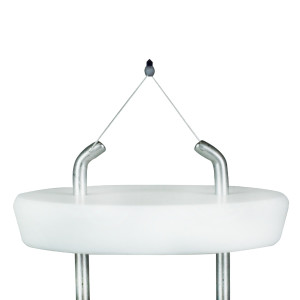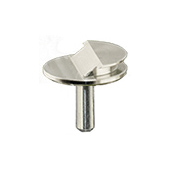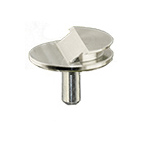-


A correctly calibrated TEM is of highest importance for generating correct imaging data. Using the MAG*I*CAL calibration standard, three TEM calibrations can be performed:
- Magnification over the entire range from 1000x up to 1,000,000x magnification
- Camera constant calibration using the Si single crystal (for indexing diffraction patterns)
- Image/Diffraction pattern rotation using the same Si single crystal
The MAG*I*CAL traceable TEM calibration standard consists of 4 sets of 5 SiGe layers with a thickness of ~10nm, alternating with pure silicon layers with a thickness of ~13nm. The total thickness of the set of alternating layers is ~100nm. The distance between each set of 5 layers is ~1.2µm. The epitaxial layers are grown using an MBE (Molecular Beam Epitaxy) process on a single crystal silicon {001} substrate. The finished calibration standard is a cross-sectioned TEM calibration sample with four regions where the calibration lines can be imaged
The four sets of alternating layers of Si and SiGe provide light and dark lines with good contrast. These four sets of the alternating layers are calibrated using a high resolution transmission electron microscope (HR-TEM) with reference to the {111} lattice space of silicon (0.3135428nm) measured on the single crystal substrate of the MAG*I*CAL calibration standard. This method provides unbroken traceability of the natural fundamental constant; the lattice constant of silicon (see image below left). All calibration markings on the standard are directly referenced to this natural constant. The calibrated values can be verified by the user by observing the crystal lattice image of the silicon substrate and validating the calibrated values.
















































